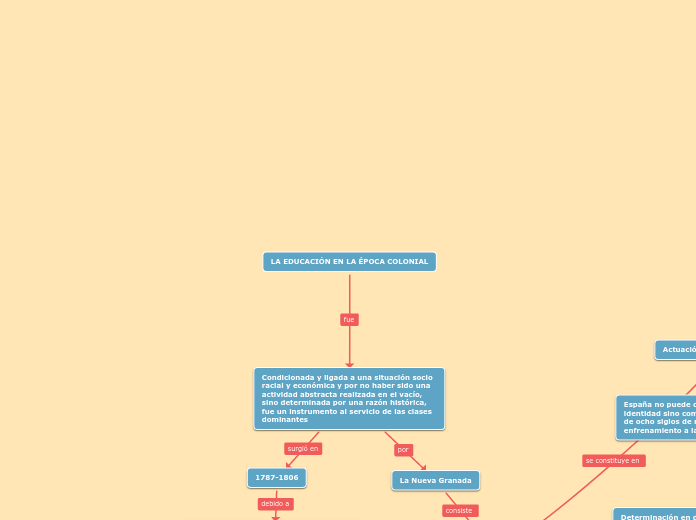Impresión 3D como mecanismo de producción en la moda y su desempeño en el "fast fashion", con el fin de proteger al ambiente.
To name your story, you have to think about the overall message and what you want your audience to understand from the story. Also, make it relevant and easy to remember.
Beneficios de las impresoras 3D en la moda
Prendas de calidad listas para usar con un costo reducido
Es un nuevo paso al futuro y nuevo mecanismo de trabajo
Las tiendas incorporan esta medidas de cuidar al ambiente
Las prendas son biodegradables y no dañan al ambiente
Fast Fashion
The ending of a story is essential. We all know that if the ending is weak, what happened before loses its importance. So make it unpredictable, but fair. A resolved ending answers all the questions and ties up any loose threads from the plot.
Consecuencias
This is the closure section of the story.
See examples of possible outcomes below:
- all problems have been solved
- it's clear how each one of your characters ends up
- your main character is transformed by the challenge
Explotación laboral debido a las excesivas horas de trabajo
Es responsable del 10% de emisiones de CO2 a la atmósfera
Try answering these questions in order for you to come up with a closure:
- Have all problems been solved?
- Is it clear what happens with all your characters in the story?
- Has the challenged transformed your main character?
- How do the characters feel in the end?
Las prendas con no son vendidas terminan en el mar o costas
Produce el 20% de aguas residuales a nivel mundial
Try answering these questions to come up with a closure:
- Have all the problems been solved?
- Is there a clear picture of what happens with each character in the story?
- Has the challenge transformed your main character?
- How do the characters feel in the end?
Definición
This is the moment when the main character surpasses the last obstacle and finally faces their greatest challenge.
The climax usually follows one of these patterns:
- realization
- resolution
- choice
Type in your answer.
Las prendas son de calidad inferior
su objetivo es llegar a las tiendas y vender en rapido
copia tendencias
Materiales de las prendas
The middle of the story is where you add layers of complications that will lead to the end. Reveal more about the character's journey. Did their personality go through changes? How did they overcome the challenges? And as you build up the story’s central conflict, make it more personal to that character. Also, from the middle act, you have to lead into the final act.
El material biodegradable que va hacer utilizado es uno a base de almidón, vinagre, agua y glicerina, y lo mejor es que puede ser hecho desde la comodidad del hogar y sin dañar el medio ambiente
Ámbitos en donde se desarrollan
Educación
Esta siendo utilizada para creación de objetos en la clase o maquetas para que exista un mejor aprendizaje de los alumnos.
Medicina
Se esta utilizando para crear distintas prótesis en áreas de la medicina, ya se a prótesis de huesos o para personas amputadas.
Moda
Es en área en donde a tenido un gran desempeño y buena reseñas por este público critico
Definición de impresoras 3D
In the beginning of the story (or the exposition), you will need to introduce the setting and characters. You might also want to introduce the main conflict. This part of the story is important because it gives the reader necessary background information and maybe even a first insight into a character’s personality.
Utilidad
Prototipos
Construcción
Fabricación de distintas piezas
Acabado
Que son?
Characters are essential to a good story. Usually, the protagonist(s) is/are the most affected by the plot. Introduce a character by focusing on their actions, interests, and occupation, as the physical appearance doesn't make a difference in most cases.
Es una maquina que es capaz de crear diseños que son enviados desde un computador, descargado de internet o desde un escaner.
Type in the name of your character.










